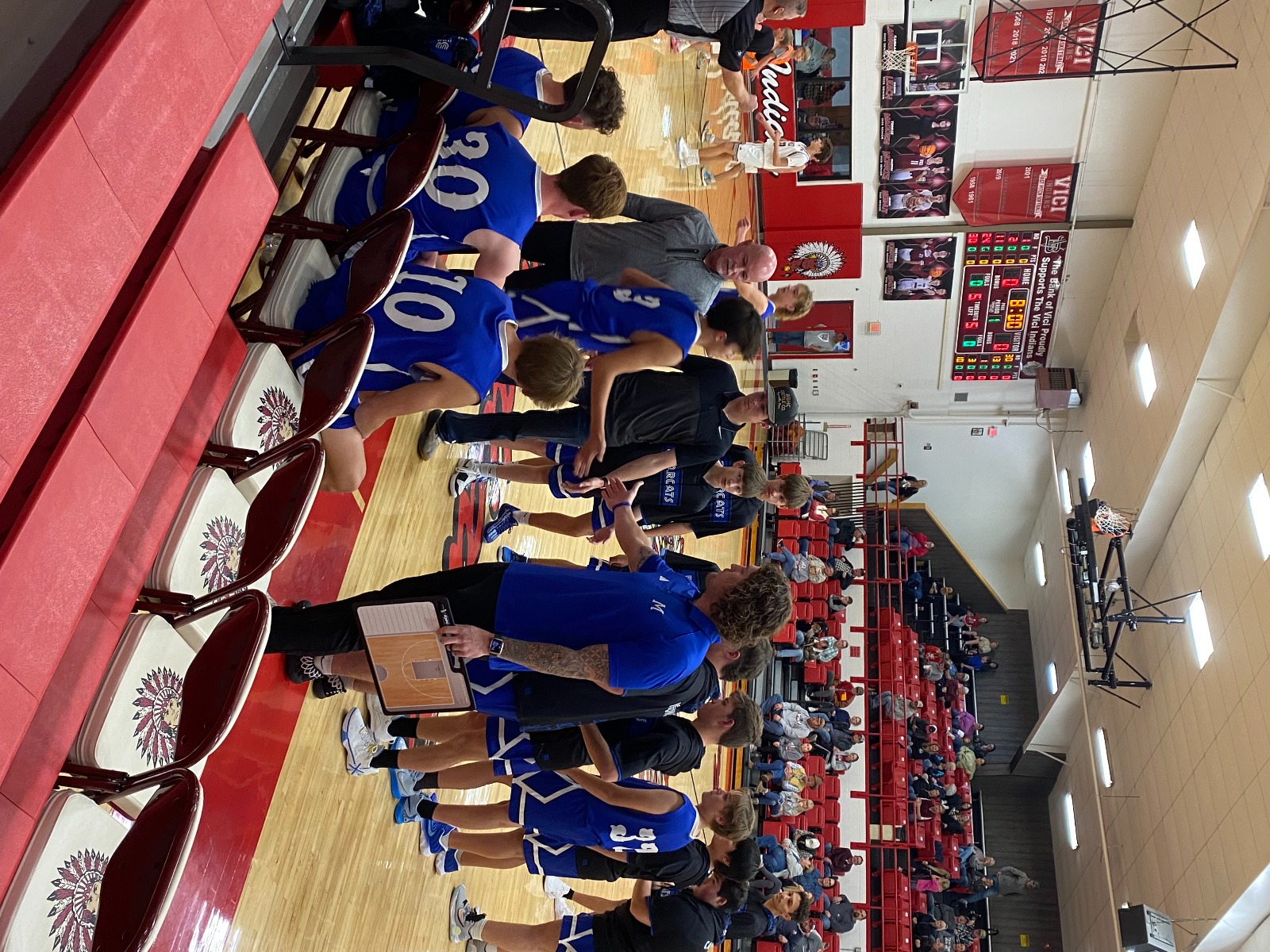
Selective androgen receptor modulators have attracted great interest in both scientific studies and the fitness sector. It is designed specifically to target androgen receptors in muscle and bone tissue. SARMs are chemically designed to engage with androgen receptors in particular tissues.
Moreover, oral administration of SARMs presents a significant benefit over injectable anabolic drugs in both experimental and clinical contexts. This article provides a deeper look at the molecular features that make SARMs effective, helping to explain why these drugs continue to be highly regarded in research on safer anabolic treatments.
The Importance of Selective Binding Affinity to Androgen Receptors
The cornerstone of ostarine uk effectiveness lies in its capacity to exhibit specific binding affinity to androgen receptors. Receptor binding studies employing recombinant AR proteins and other laboratory tests repeatedly show that SARMs can bind to ARs with great affinity, usually either equivalent to or even higher than testosterone. However, their tissue-specific action is the key difference.
SARMs are designed to induce a conformational change in the AR upon binding that promotes the recruitment of co-activator proteins in muscle and bone, hence increasing gene transcription and consequent anabolic effects.
On the other hand, in organs such as the prostate, the SARM-AR complex attracts co-repressor proteins or shows a distinct conformational change that produces either greatly less or minimal androgenic activity.
Principal Structural Motifs Driving Anabolic Activity
As repeatedly shown in laboratory experiments, specific structural motifs inside SARM compounds are essential for their ability to produce anabolic effects. These properties usually entail changes to a steroidal or non-steroidal core structure that maximize binding affinity to the AR and support the intended downstream signaling channels in muscle tissue.
Moreover, the overall form and stiffness of the SARM molecule can affect the conformational change it causes in the AR upon binding.
Structural Elements Reducing Side Effects from Androgenic Drugs
Another clear benefit of SARMs is their low androgenic side effect profile, which is directly attributed to particular structural characteristics. These characteristics frequently prevent the SARM from efficiently activating the AR in androgen-sensitive tissues including the prostate, seminal vesicles, and skin.
Measuring prostate weight in animal models treated with SARMs is the laboratory tests that often show a much-reduced influence on these androgen-sensitive tissues when compared to testosterone. Designed by exact structural changes, this tissue selectivity is a major factor influencing ostarine uk efficacy in laboratory environments and shows their promise for focused therapeutic uses with minimal undesired androgenic consequences.
Effects of functional group modifications
Changes to the functional groups existing on the SARM molecule are important for their overall efficacy as shown in laboratory tests. These changes can affect several pharmacokinetic factors, including oral bioavailability, metabolic stability, and elimination half-life, which determine the concentration and lifetime of action of the medication at the target tissue.
Moreover, particular functional groups can interact with amino acid residues in the LBD of the AR directly. Synthesizing and testing several SARM analogs with different functional group alterations is common in laboratory research to maximize these features and pinpoint molecules with the best mix of efficacy and safety.
Studies in SARM Development
Effective SARM development mostly depends on structure-activity relationship (SAR) investigations carried out in laboratory environments. These investigations methodically synthesize and assess a set of structurally related compounds to pinpoint the particular structural elements causing the intended pharmacological activity (anabolism) and limit negative side effects (androgenicity). Careful analysis of the in vitro and in vivo action of these analogs helps scientists grasp how particular structural changes affect AR binding affinity, tissue selectivity, and overall efficacy.
Ultimately, the precisely tailored structural characteristics of SARMs directly account for their reported efficacy in laboratory testing. These characteristics minimize androgenic effects in other tissues by allowing selective binding affinity to androgen receptors, hence increasing anabolic activity in muscle and bone.
As constantly shown by thorough laboratory testing, the iterative process of structure-activity relationship investigations is essential in identifying and improving key structural properties to generate SARMs with increased efficacy and safety profiles.





